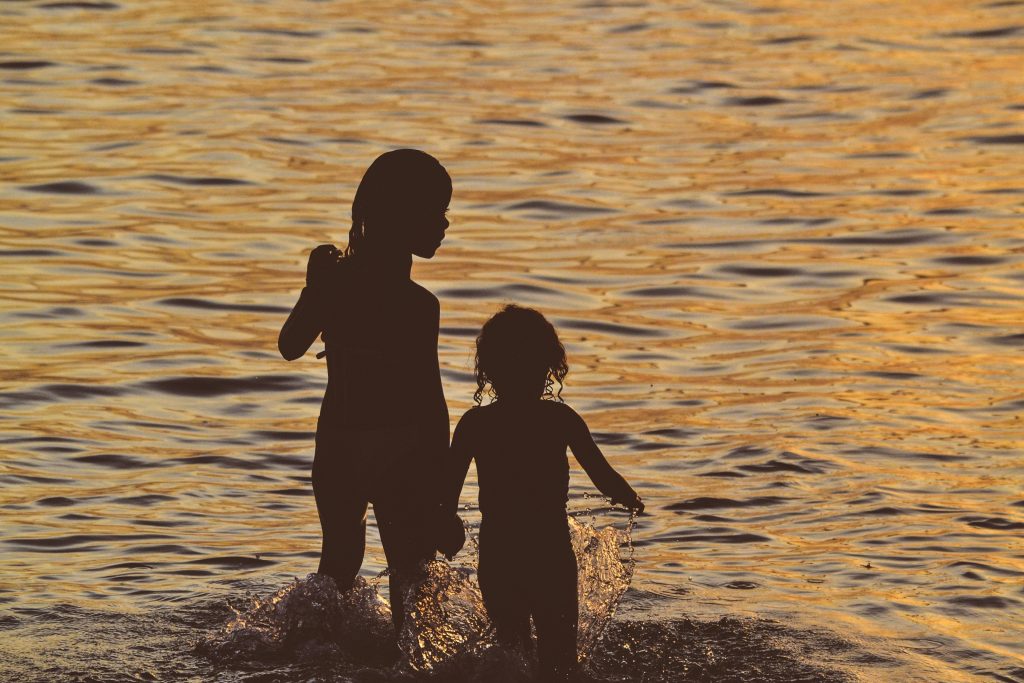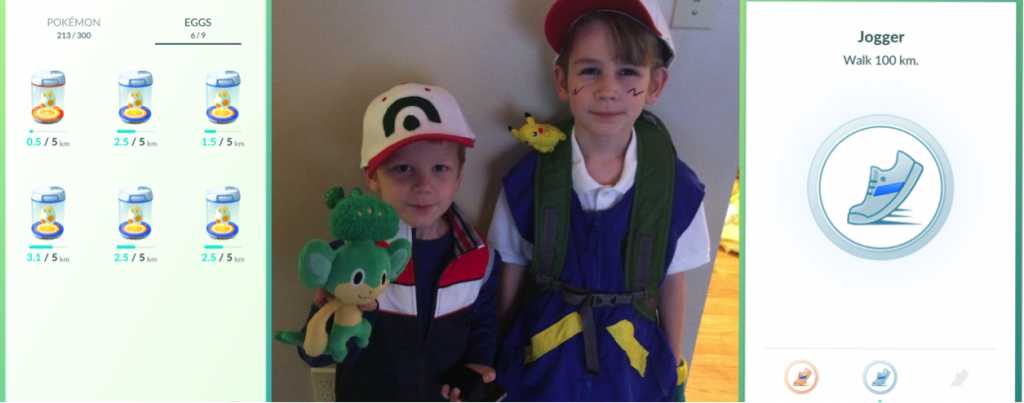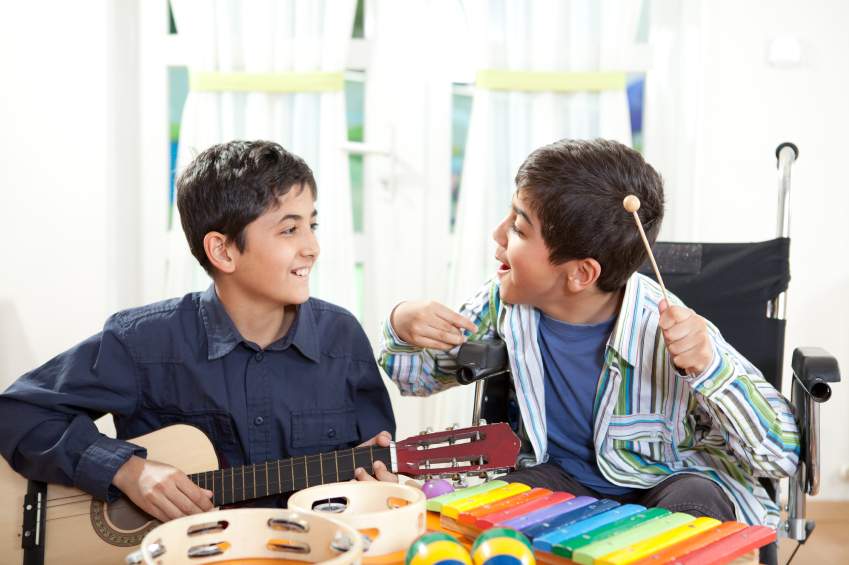By Alice Cavanagh
Loose parts play allows children to freely play with pieces of things rather than finished toys. Loose parts are things that can be played with that have no directions for play and can be used independently or combined. Give one child dowels, cardboard pieces, elastic, and glue, and they will build a car to play with, another child will build a magic forest. Children will come up with new and unexpected uses for each of the items and will sometimes incorporate larger items or other toys with their loose parts.
Loose parts can be found in your recycling bin, craft stores, sheds, and old appliances. Items such as popsicle sticks, bottle caps, toilet paper rolls, old Tupperware containers, string or ribbon from wrappings, and broken utensils can all be fun. Loose parts are a great way to let your kids practice the “Reuse” part of the 3 R’s and require very little investment on your part, not much more than a roll of tape and some glue. The value of loose parts over a toy such as Lego is that there is no pressure to create a finished, good looking, complete object. Kids can create whatever they imagine. Some creations will be weird or look like a pile of junk, but the imagination they use in the creation will serve them well in school and life.
Loose parts play is a fantastic and important component to learning. These loose materials inspire open-ended learning. Many children will take loose parts and use them with their toy sets, enriching their play further. Children use trial and error learning in the attempt to make the parts fit together for their creation, eventually this leads to the foundation of the scientific method where you attempt the same thing a second time to reproduce a result. Children also learn to make mistakes and how to problem solve when left to their own devices with a pile of loose parts.
Children prefer to play in a world that they create. An always popular story is the one of the Christmas where a child got an amazing toy but she preferred to play with the box the toy came in. This is a common parent frustration but, demonstrates clearly the inherent need children have to play with loose parts. Loose parts allow children to layer complexity on their play. Adding blankets to a couch makes a fort, adding a cardboard circle (a ships wheel) and tube (a telescope) turns it into a pirate ship, adding a box means they can leave their ship and find treasure.
Loose parts allow children to explore without fear, they can break objects, not complete projects, or cut things with scissors into little tiny pieces without any repercussions. This lack of fear will encourage children to push boundaries that they cannot in their regular school projects or with toys that have a defined play style. Being able to explore materials and make mistakes is an opportunity that isn’t always available.
As a parent, your job with loose parts play is to supply age appropriate items and tools, and to allow your child to make a mess when playing with them, remember, there is no wrong way to play. Don’t be afraid to show your child how to do something they simply don’t know how to do, such as how to cut a hole in the middle of a box. Once you have shown them allow them to then try it on their own. This will foster independence, experimentation and learning. It can be hard, especially if your child gets frustrated but frustration is a part of the learning process.
Many of us were given this kind of play opportunity when we were children although it wouldn’t have been recognised as anything unusual. My parents kept a scrap wood pile and a scrap fabric pile that we could take things from whenever we wanted. We created all sort of things out those scraps and items stolen from the recycling bin. Some kids on my street used to use scraps of plywood to make bike jumps and skateboard ramps. All of this play was independently directed but we learned carpentry, sewing and risk assessment skills.
If you are wondering how to get your kids started with loose parts a great way is to supply marbles and items from your recycling bin. Next thing you know you will have marble runs, musical instruments, strange games involving sorting marbles, and all sorts of other fun.








